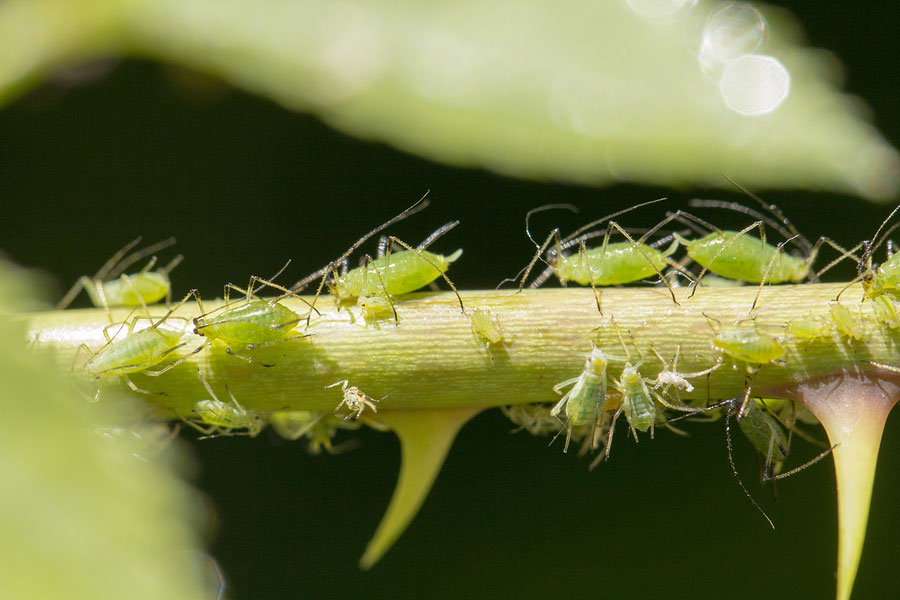Are you tired of insect pests getting the best of your flowering bulbs? These pests can reach your bulbs underground, making it tricky to catch the culprits. Luckily, there are ways to control these common pests and preserve your bulbs.
Keep an eye out for the following frequent pests and protect your flowering bulbs:
Slugs and Snails
If you are going to look for insect pests, watch for slugs and snails, too. These pests come out at night and love damp, moist conditions. You will have the most luck spotting slugs and snails in overcast or cloudy weather. Slugs and snails are most active during the spring through autumn, most prevalently during rainy season. Slugs burrow and chew on your bulbs while snails leave holes in the leaves of your plants and foliage.
Slugs and snails may be an issue if you notice large raggedy holes in the leaves or a silvery slime left behind on leaves. You will notice these things early in the spring season, before most other insects are out. The best way to deal with slugs and snails is to let nature run its course; often other wildlife, like frogs or snakes, will eat them. You can also use pet and human-friendly beer traps in lieu of snail bait.
Aphids
Aphids can be a real problem as they reproduce very quickly. Aphids are soft, drop-shaped insects that can be black, green, or even pink and yellow; they are most prevalent during the cooler temperatures of spring. The best way to quickly remove aphids is with ladybugs. Talk to a landscape professional to learn more.
Bulb Mites
Bulb mites are actually from the spider family and they are very tiny and hard-to-see. These pests eat the bulb, which results in weak, compromised plants that never thrive. The best way to prevent mites is to handle your bulbs extremely gingerly as they are most vulnerable when bruised or damaged in some way. You can also treat your bulbs by dipping them in hot water- around 120-degrees F- for a couple minutes to kill any mites.
Iris Borer
The Iris Borer is a type of caterpillar that typically grows to be around an inch to an inch-and-a-half long. These pests are pink and brown with black spots. The caterpillars come from adult moths laying eggs in late summer on the leaves of the bulb. The following spring, the eggs hatch and the caterpillars start chewing on your plants. The best defense is to remove any old branches, stems, or dead leaves from your flowering bulbs after they have bloomed.
Talk to Natural Tendencies Landscape Professionals, an expert landscape services company in Charleston to learn more about protecting and planting your flowering bulbs. Don’t let these common pests cost you time and money this spring!

